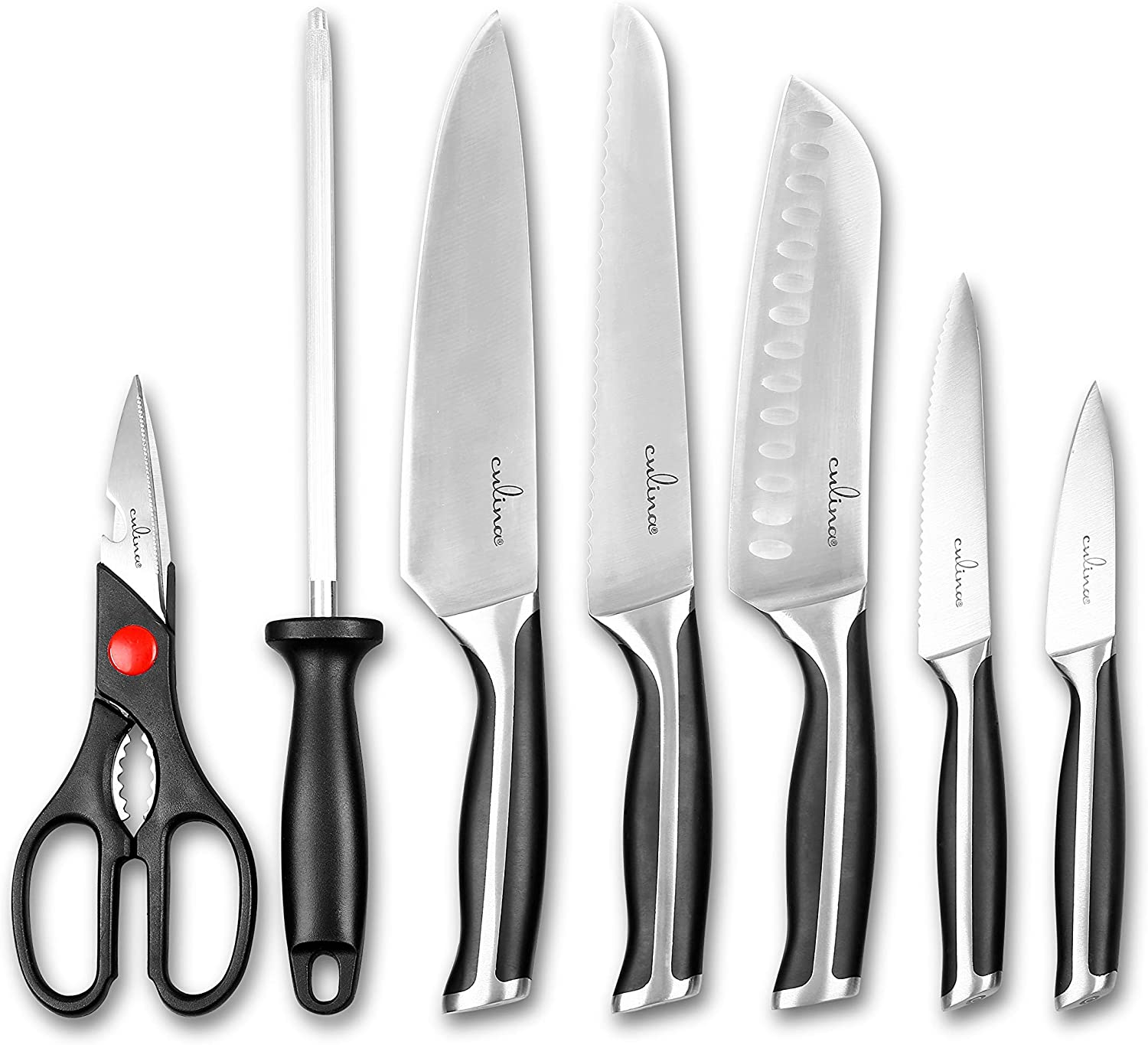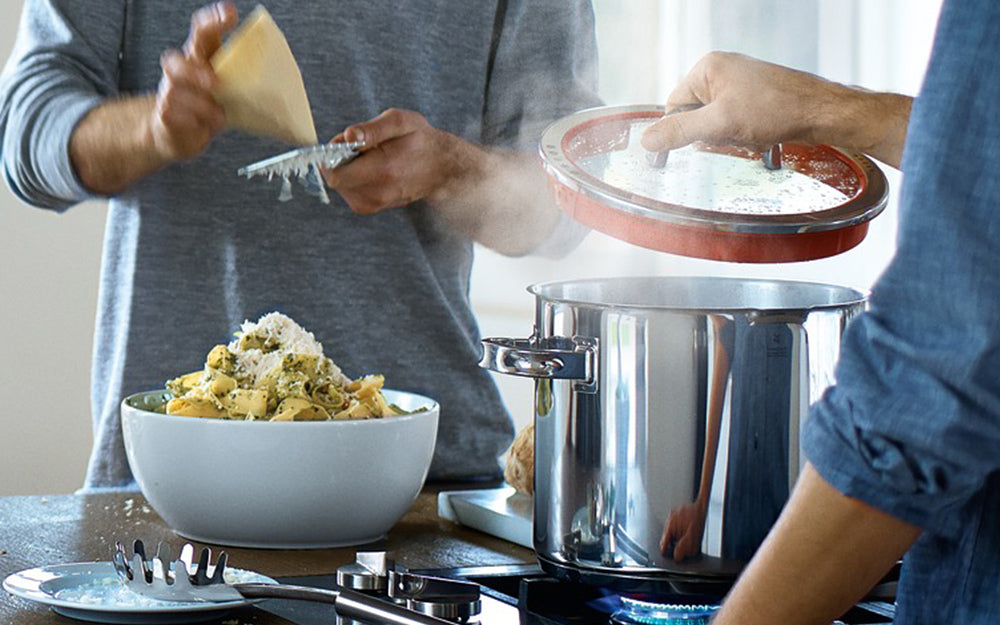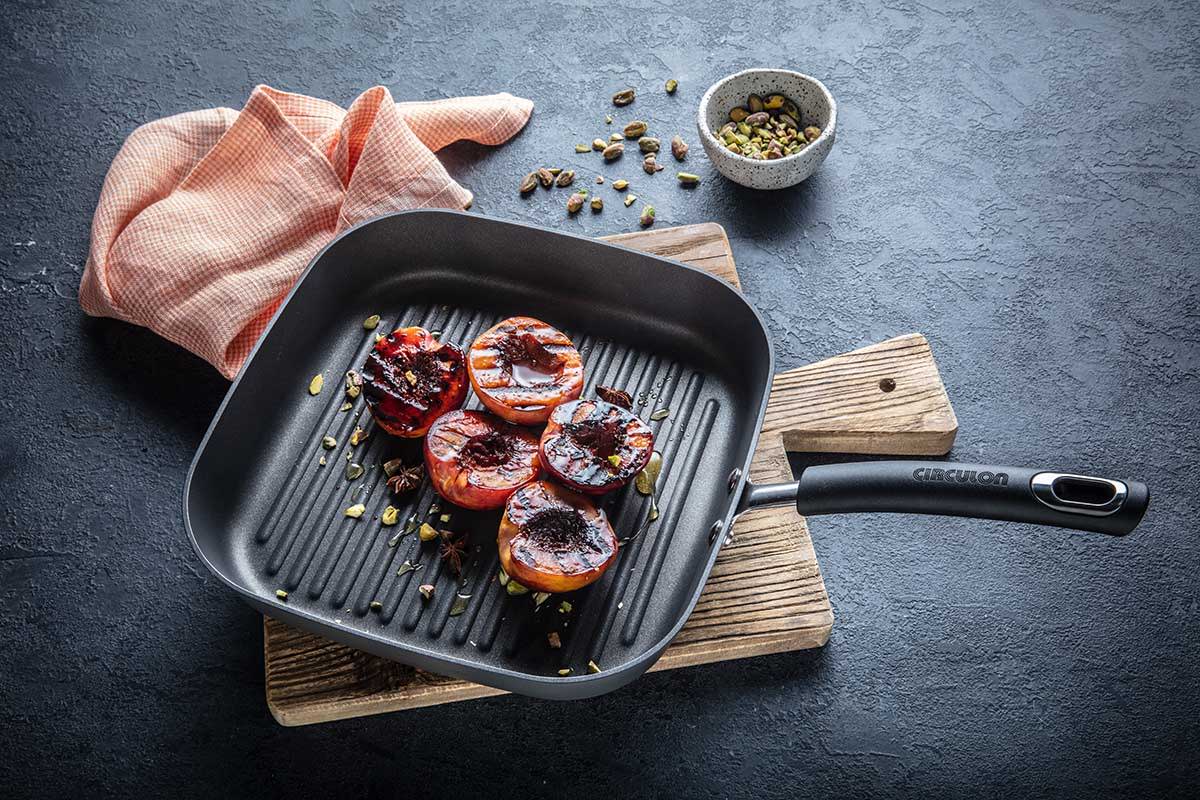In the culinary world, mastering various tools can truly elevate your cooking game. One such indispensable tool is the stock pot with a steamer insert. This remarkable piece of equipment not only allows for the preparation of rich broths and stocks but also provides an exceptional way to steam vegetables, seafood, and other ingredients with ease. This article will guide you through the process of using a stock pot with a steamer insert effectively, ensuring you deliver delicious, perfectly cooked meals every time.
Understanding the functions of stock pots and steamer inserts can be life-changing for kitchen professionals. If you are keen on enhancing your cooking skills, you will want to master this technique. With [**terrific tips**](https://madeincookware.com/blogs/stock-pot-uses), you can learn to optimize your use of these kitchen staples.

Why Use a Stock Pot with a Steamer Insert?
The stock pot serves various purposes, from simmering stocks to boiling large batches of food. When paired with a steamer insert, the benefits multiply.
- Versatility: You can cook multiple dishes simultaneously and maximize your time in the kitchen.
- Health Benefits: Steaming usually retains more nutrients compared to other cooking methods.
- Flavor Preservation: Steamed food maintains its natural flavors much better.
Choosing the Right Stock Pot and Steamer Insert
Before you jump into cooking, selecting the right equipment is essential. Not all stock pots or steamer inserts are created equal! Here are some factors to consider:
- Size: A stock pot that suits your cooking quantity is crucial. Learn more about the stock pot size from our detailed guide.
- Material: Opt for stainless steel for even heating and durability.
- Compatibility: Ensure that the steamer insert fits snugly into the stock pot.

How to Set Up Your Stock Pot with Steamer Insert
Setting up the pot is pretty straightforward. Here's a quick rundown to get you started:
- Fill the stock pot with water, ensuring it doesn't exceed the steamer insert's bottom.
- Place the steamer insert in the pot and bring the water to a boil.
- Once boiling, lower the heat to a gentle simmer.
- Add food to the steamer insert while ensuring it does not touch the water.
- Cover the pot with a lid to trap the steam, facilitating even cooking.
Steaming Different Ingredients
Different ingredients may require varying steaming times. Here are some common foods and their respective cooking durations:
- Vegetables: Most vegetables like carrots and broccoli take around 5-10 minutes.
- Seafood: Dishes like crab legs typically need about 10-15 minutes. For more, check out this guide on [**cooking crab legs**](https://culinacooks.com/blogs/blog/how-to-cook-crab-legs-in-a-stock-pot).
- Fruits: Fruits like pears can take approximately 10 minutes, making a wonderful dessert.
Cleaning and Maintenance Tips
To ensure the longevity of your stock pot and steamer insert, proper maintenance is key. Here are some expert tips:
- Always wash with warm, soapy water after use.
- Avoid using abrasive cleaners that could scratch the surface.
- Keep the pots dry before storing to prevent rust.
Frequently Asked Questions
- 1. Can I use my stock pot for other types of cooking?
- Absolutely! Stock pots are versatile and can be used for boiling pasta, soups, and more.
- 2. Is steaming food healthier than other cooking methods?
- Yes, steaming retains more nutrients compared to boiling or frying.
- 3. What else can I cook in my stock pot?
- In addition to steaming, stock pots are perfect for stews, soups, and sauces.
Additionally, for insights on the best uses of your stock pot, visit this informative page on [**stockpot uses**](https://www.tastingtable.com/856925/the-absolute-best-uses-for-your-stockpot/).
As an Amazon Associate, I earn from qualifying purchases.





Leave a comment
This site is protected by hCaptcha and the hCaptcha Privacy Policy and Terms of Service apply.